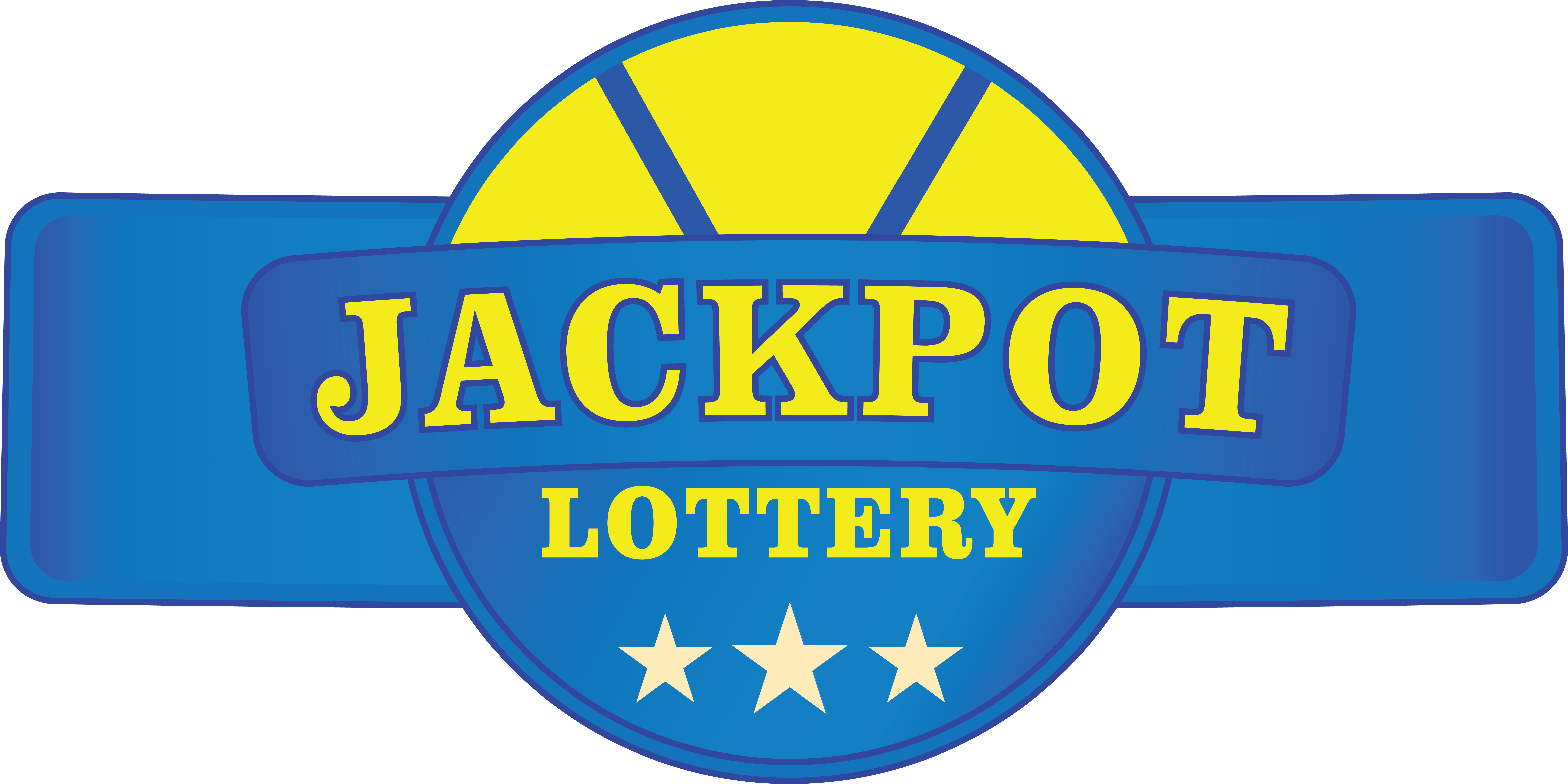Eurojackpot, that massive European lottery, dangles the dream of winning big in front of everyone. But hey, knowing the Eurojackpot probability can give you a dose of reality about this exciting gamble. Players pick a few numbers from one set and a few more from a different set. Players pick a few numbers from one set and a few more from a different set. You win the jackpot if you get all seven numbers right.
Eurojackpot Probability
 The Eurojackpot probability are pretty slim. With so many number combinations possible, the odds of any one ticket winning are low. Your chances of winning the jackpot are about one in 95 million. It’s a real long shot, but hey, it could happen. This is how it works with Eurojackpot; even though the odds are stacked against you, you could still get lucky. The Eurojackpot probability is tiny, but there’s still a chance. The same goes for Eurojackpot; even though it’s a long shot, it’s still possible to win. There’s more to Eurojackpot than just the big jackpot. You can still win smaller prizes even if you don’t match all the numbers. These prizes are easier to win than the jackpot, which improves your overall chances of winning any kind of prize. For example, your chances of getting the second-biggest prize (matching five main numbers and one Euro Number) are about one in 6 million. These odds can really change how you see the lottery. While everyone’s after the jackpot, the other prizes can still be pretty sweet and add to the excitement. Lots of people are okay with not winning the jackpot, as long as they have a decent chance of winning something smaller.
The Eurojackpot probability are pretty slim. With so many number combinations possible, the odds of any one ticket winning are low. Your chances of winning the jackpot are about one in 95 million. It’s a real long shot, but hey, it could happen. This is how it works with Eurojackpot; even though the odds are stacked against you, you could still get lucky. The Eurojackpot probability is tiny, but there’s still a chance. The same goes for Eurojackpot; even though it’s a long shot, it’s still possible to win. There’s more to Eurojackpot than just the big jackpot. You can still win smaller prizes even if you don’t match all the numbers. These prizes are easier to win than the jackpot, which improves your overall chances of winning any kind of prize. For example, your chances of getting the second-biggest prize (matching five main numbers and one Euro Number) are about one in 6 million. These odds can really change how you see the lottery. While everyone’s after the jackpot, the other prizes can still be pretty sweet and add to the excitement. Lots of people are okay with not winning the jackpot, as long as they have a decent chance of winning something smaller.
Jackpot Rollovers Amplify Eurojackpot’s Appeal
When the jackpot rolls over, it makes Eurojackpot grow. Eurojackpot also has some special things that make it more exciting. If there’s no winner, the jackpot rolls over, so the prize money goes up. When the jackpot gets bigger, it gets people even more excited, which brings in more players and makes the whole prize pool even bigger. They do the draw randomly and follow all the rules, so it’s all fair and square. Randomness ensures fairness and trust, so everyone knows it’s just luck.


























